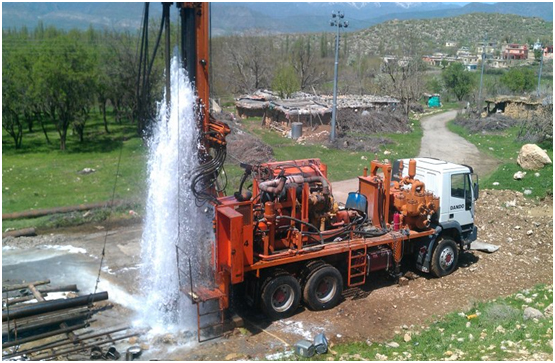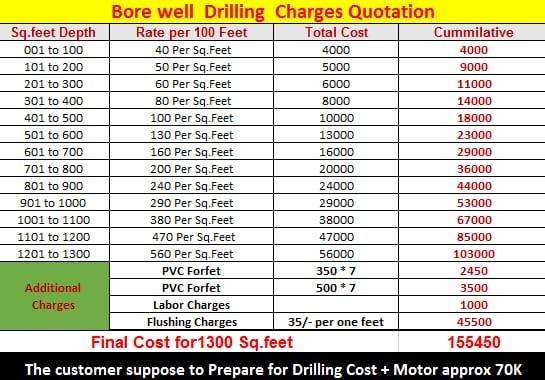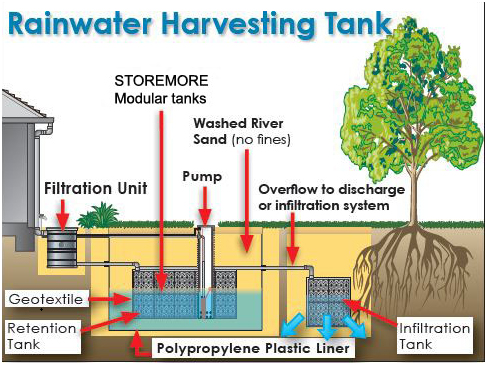Greater Hyderabad Municipal Corporation(GHMC) building permission is required before you start constructing, as per the building permission rules in Hyderabad. It approves all building layouts and plans that are taking Hyderabad. All construction activities within its jurisdiction are liable to seek approval from GHMC as per the GHMC Act 1955.
GHMC is a civic organisation that manages the activities in Hyderabad, the capital city of the youngest state Telangana. It acts as the local government to smoothen the necessary facilities for the twin cities.
Parliament has given the full rights for the local authority to monitor the construction activities that take place in their jurisdiction. So, for everyone to start any construction, they need to receive approval for the respective authority.The town planning authority conducts detailed checks before granting GHMC building permission for construction of any residential or commercial building in Hyderabad.
A look at the list of documents a developer have to submit to the MCD for getting an approval for his building plan:
• Copy of the plan. ...
• Proof of entitlement. ...
• Specification of the proposed construction. ...
• Supervision certificate. ...
• Completion certificate. ...
• Rain water harvesting certificate. ...
• Mulba certificate

Bore well
Individual houses nowadays have borewells, as an alternative source of water supply. Hence, the available rooftop rainwater may be designed to channelize into the existing bore well, after verifying its profile. If there is no bore well available, then a regular RWH pit can be planned.
With ground water being exploited to the hilt, the state government has banned digging of bore wells in Hyderabad. .The state government may permit digging of bore wells in the villages for drinking water purposes if required, based on the report from the revenue authorities. If you are planning to dig a bore well you need a permission from Department of Mines and Geology, and should register the bore well with BWSSB once it is complete. If your bore well is not registered, you can be fined up to Rs.10,000 and/or imprisonment up to three years.
Groundwater is found in two zones. The unsaturated zone, immediately below the land surface, contains water and air in the open spaces, or pores. The saturated zone, a zone in which all the pores and rock fractures are filled with water, underlies the unsaturated zone.

If the depth of the bore well is 300 ft, the building should be 100 ft away, but that may not be possible in crowded cities. Then it should be at least 25 to 30 ft away. What is the maximum depth of water hose in a bore well? Our bore well depth is 1000 ft. I dropped a water hose up to the level of 990 feet, and used a 5HP high pressure compressor to pump the water out.
Reviving abandoned and dry borewells and using them to replenish groundwater sources, through rainwater harvesting, can have far-reaching implications in meeting cities’ water requirements
While a borewell is usually used to extract groundwater, this structure can also be used to harvest rainwater and recharge the groundwater table. “In Hyderabad, we find thousands of borewells, with depths ranging from 120 ft to 1,000 ft that have been abandoned, as they have gone dry because of over extraction in the area or low ground water levels. Each bore well may be worth thousands to lakhs of rupees. However, residents keep planning for new borewells to extract ground water, while ignoring abandoned ones in their premises. Although there’s increasing awareness about rainwater harvesting in the city, people are often unaware of the effective methods to augment the water table.

The potential for rainwater harvesting in Hyderabad
“To put it simply, rainwater harvesting means catching and holding rain where it falls and using it. We can store it in tanks, or use it to recharge groundwater by different methods. The problem is that people wait till May and June to implement the system, which is not enough time to build the structures, before the rain starts. The best time to construct the structures is from the end of the rainy season, until the beginning of the next rainy season.
In a city like Hyderabad, which has an annual rainfall of around 600-800 mm, a 100 sq metres catchment area has an annual water harvesting potential of around 51,000 litres. However, a large quantity of this water goes untapped, although rainwater harvesting is mandatory for all buildings with an area of 300sq metres or more. Consequently, many of the borewells go dry between January and June, each year.
Water harvesting
The best way to end water shortages
Moreover, as the city is situated on the Deccan Plateau, there are rocks everywhere. Hence, regular methods of recharging the groundwater, may not be successful at all places, as one may not be able to find sheet rock or boulders beneath the proposed RWH pit. Sometimes, the presence of clay soil may also make percolation minimum or impossible. It is more important for the rainwater to reach the deep aquifers vertically, rather than travelling horizontally through the weathered zone. Under such circumstances, improvised RWH methods can increase infiltration by 10 per cent.

Electricity Permission
Electricity has become an essential part of contemporary life, energizing lights, appliances, heat, air conditioning, televisions, telephones, computers, and many other modern conveniences.Electricity arrives at your house from your local utility company by a power line or underground though a conduit. Most homes have three-wire service. Electricity arrives at your house from your local utility company by a power line or underground though a conduit. Most homes have three-wire service—two hot wires and one neutral. Electrical utilities deliver electricity through a masthead at the roof. Wires continue through the meter to the main panel.


